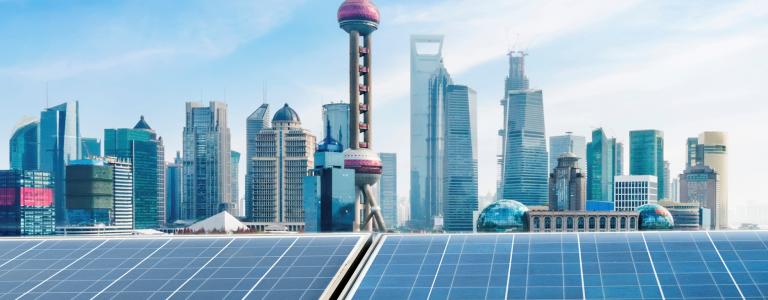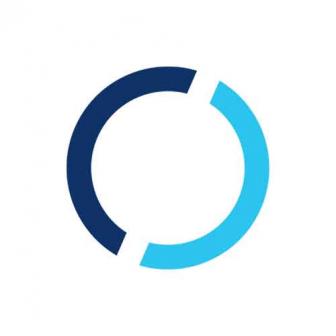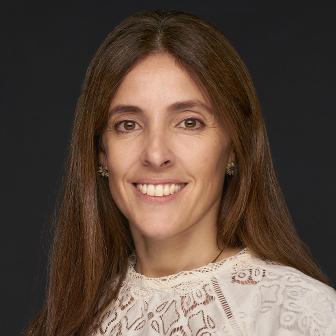The Sustainable Asset Valuation (SAVi)
IISD developed the Sustainable Asset Valuation (SAVi) to demonstrate to governments, investors and citizens why sustainable assets can deliver better value for money and more attractive internal rates of return.
IISD’s Sustainable Asset Valuation (SAVi) demonstrates why sustainable infrastructure can deliver better value-for-money for citizens and investors. You can find out more at iisd.org/savi.

Introducing SAVi
SAVi is an assessment methodology that helps governments and investors steer capital towards sustainable infrastructure. SAVi's features are:
Simulation
SAVi combines the outputs of systems thinking and system dynamics simulation (built using Vensim) with project financing modelling (built with Corality Smart).
Valuation
Cost of Risk
SAVi places a financial value on economic, social and environmental risks. It then shows how these risks affect the financial performance of infrastructure projects and portfolios, across their life cycles. These types of risks are often overlooked in traditional financial valuations.
Cost of Externalities
SAVi identifies and values in financial terms the externalities that arise as a direct consequence of infrastructure projects. This analysis enables policy-makers and investors to appreciate the second-order gains and trade-offs of infrastructure investments, which may otherwise not be apparent under a traditional valuation.
Costs of Emerging Risks
SAVi shows how externalities today can transform into direct project risks tomorrow. Such valuations help stakeholders make decisions in favour of sustainable infrastructure.
Customization
SAVi is customized to individual investment projects and portfolios. SAVi can therefore value the cost of risks along with a range of wider externalities that are directly material to each asset.
How does SAVi add value to traditional cost benefit analyses?
SAVI identifies a range of economic, social and environmental risks and simulates how these risks will change and affect project cashflows across the asset life cycle. This is possible because the SAVi system dynamics model simulates how the asset impacts and is impacted in turn by the economic, social and environmental "system" within which it is located. SAVi can hence value in financial terms a complex and dynamic range of risks, as well as indirect costs, intangible costs and opportunity costs.
As SAVi simulates the systemic impacts of infrastructure projects, it also identifies externalities and places a dollar value on them. Policy-makers and investors can thus use SAVi to determine the wider second-order gains and trade-offs and prioritize projects based on their whole-life value for sustainable development. More importantly, they can use SAVi to understand how today’s externalities can turn into direct projects risks tomorrow.
SAVi also adds value by accounting for the cost of capital and other financial concerns such as currency depreciation, interest rates, inflation, varying cash flows and the present value of money. The SAVi project financial model calculates the net present value, internal rate of return, credit ratios, gross margin and other financial performance indicators.
How can SAVi help?
SAVi helps policy-makers and investors understand the costs of economic, social and environmental risks and how these risks affect the financial performance of infrastructure projects across their life cycles.
SAVi also values the costs and benefits of externalities. Policy-makers and investors can calculate the wider societal and economic benefits as well as trade-offs, such as employment, income and contributions to GDP. More importantly, they will be able to assess how externalities today can turn into direct project risks in the future.
SAVi is therefore a valuable tool for planning and investing in sustainable infrastructure. Policy-makers and investors are challenged to understand several elements related to sustainable infrastructure, enabling them to incorporate these considerations into their decision making:
- What makes an asset sustainable?
- How can different degrees of sustainability be defined and measured in a scientifically accurate manner?
- How does sustainable infrastructure make a better contribution towards achieving objectives such as enhanced GDP, employment, innovation, and productivity, as well as the UN Sustainable Development Goals overall? Additionally, how can these contributions be measured?
- Why can sustainable infrastructure assets offer better financial returns and better value for money than their business-as-usual counterparts?
- How much additional capital is required to plan and build sustainable infrastructure projects and assets that are more resilient to changing climates?
SAVi provides a robust, interdisciplinary and quantitative response to all these questions. Policy makers and investors are seeking assessment methodologies that are science-based and intersect with financial valuation. We built SAVi to provide the solution.
Examples of Risks
Economic: Interest rate fluctuations; currency devaluation, unexpected changes in feed-in tariffs.
Revenue: Reduced demand due to changing consumer preferences or stagnant wages.
Climate Risks: Lower cash flow due to carbon taxes, writeoffs and impaired assets caused by freak weather events and natural catastrophes.
Environmental: reduced revenue due to polluted water and land.
Social: Impacts on cashflow caused by industrial action, civil disturbances and acts of terrorism.
Legal: Disruptions in construction and operation resulting from poorly executed environmental and social impact assessments.
Reputational: Allegations of human rights abuses and subsequent divesting.
SAVi in practice
SAVi is being used by policy and investors around the world. We are currently working on assessments in:
- The Netherlands on off-shore wind assets, advising Rijkswaterstaat (Directorate-General for Public Works and Water Management), Ministry of Infrastructure and Water Management;
- Senegal on onshore wind and bus rapid transport infrastructure, advising the Bureau Opérationnel et de Suivi (Operational Bureau) of Le Plan Sénégal Emergent (Plan for an Emerging Senegal);
- Morocco on l’autoroute de contournement de Rabat (Rabat bypass motorway), advising Autoroutes du Maroc (Autoroutes of Morocco) and the International Road Federation;
- India on the cleaning and conservation of Lake Dal, Srinagar, State of Jammu and Kashmir;
- Canada on valuing the infrastructure services of Pelly’s Lake and Stephenfield Reservoir in Manitoba.
- Germany on onshore wind portfolios, working with B Capital Partners;
- Ghana on the upgrade of the public fleet of buses in Accra, advising the Ministry of Transport and the Green Climate Fund.
In the pipeline for SAVi are assessments on health infrastructure in India, nature-based infrastructure in Sri Lanka, solar technologies in Kenya, hydropower investments in Albania and other opportunities in Morocco and Senegal.
Latest
You might also be interested in
The SAVi Data Sources
The Sustainable Asset Valuation Tool (SAVi) is built and customised based on sound science, rigorous research and careful data verification. Learn more about the sources and rationale for each asset category in these Data Briefs.
Task Force for a Resilient Recovery
With ideas from Canada and around the world, our Task Force aims for a resilient recovery—one that delivers good jobs, is positive for the environment, and addresses inequality.
China Council for International Cooperation on Environment and Development - CCICED
The China Council for International Cooperation on Environment and Development (CCICED) was founded in 1992.
The Sustainable Infrastructure Finance Portal
The Sustainable Infrastructure Finance Portal is a repository of news and views on sustainable infrastructure.




